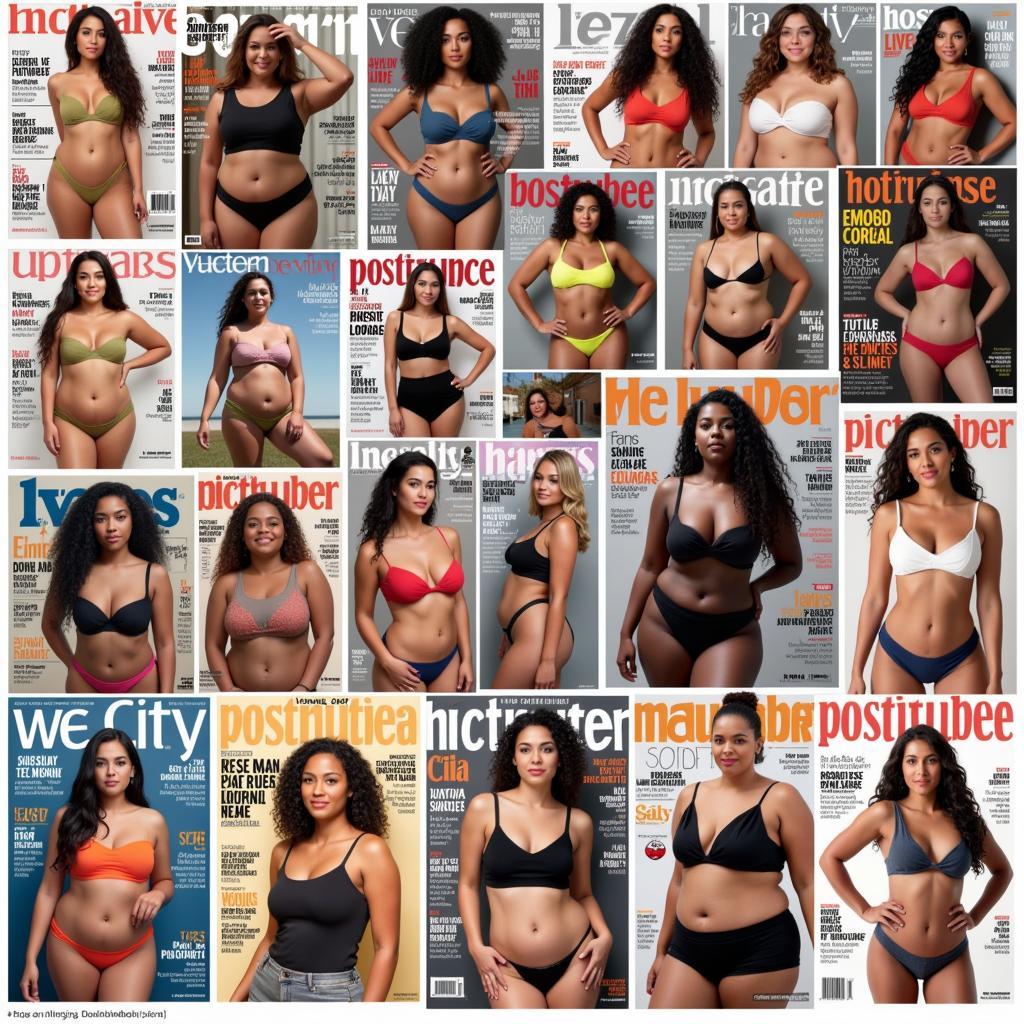The topic of body image representation in media has become increasingly prevalent in IELTS Writing Task 2 examinations, particularly in the last 5 years. Based on analysis of past papers and current trends, questions about media influence on body image have appeared in approximately 15% of recent tests, making it a significant topic for preparation.
The effects of social media on body image among teenagers has shown that this topic frequently appears in various forms, from discussing media responsibility to analyzing societal impacts.
Sample Question Analysis
Some people believe that the media should promote a more diverse and realistic representation of body images, rather than focusing on idealized beauty standards. To what extent do you agree or disagree with this statement?
Question Breakdown
- Topic: Media representation of body image
- Task: Agree/Disagree
- Key points to address:
- Media’s role in body image representation
- Impact of current beauty standards
- Benefits/drawbacks of diverse representation

Sample Essay 1 (Band 8.5)
Contemporary media’s portrayal of unrealistic beauty standards has long been a subject of debate, and I strongly agree that there should be a shift towards more diverse and authentic body image representation. This approach would yield significant societal benefits while addressing several pressing concerns related to public health and social equality.
The current media landscape’s narrow focus on idealized body types has proven detrimental to public health and self-esteem. Research has consistently shown that exposure to unrealistic beauty standards correlates with increased rates of eating disorders, anxiety, and depression, particularly among young people. The effects of social media on mental health in teenagers demonstrates these harmful effects clearly. By promoting more diverse body representations, media outlets can help counteract these negative impacts and foster a healthier relationship with body image across society.
Furthermore, inclusive representation can drive positive social change and economic benefits. When media platforms showcase diverse body types, they validate the experiences of millions who have felt marginalized by traditional beauty standards. This inclusivity not only builds self-acceptance but also creates new market opportunities for businesses catering to previously underserved demographics. Companies that have embraced body diversity in their advertising have often seen increased customer loyalty and improved brand reputation.
The role of art in raising awareness of social issues shows how visual media can shape societal attitudes. Similarly, media’s promotion of diverse body images can help establish new cultural norms that celebrate human diversity rather than conformity to artificial standards.
In conclusion, the media’s transition towards more realistic and diverse body representation is not just desirable but essential for creating a healthier, more inclusive society. This change would benefit public health, social equality, and economic growth while fostering a more accepting cultural environment.
Sample Essay 2 (Band 6.5)
I agree that media should show more different types of bodies instead of only perfect ones. This change would be good for society and people’s health.
First, showing only perfect bodies in media makes many people feel bad about themselves. When young people see these images, they often try dangerous diets or feel depressed. Effects of social media on body image shows this is a big problem. If media showed more normal bodies, people might feel better about how they look.
Second, real beauty comes in many shapes and sizes. Different cultures have different ideas about what looks good. When media only shows one type of beauty, it ignores many people’s experiences. This isn’t fair and can make people feel left out.
Also, changing how media shows bodies could help business. More people would buy clothes and products if they saw models who looked like them in advertisements. Some companies are already doing this and getting good results.
In conclusion, I think media should definitely show more different body types. This would help people’s mental health and make society better. It’s important for everyone to feel represented and accepted.
Band Score Analysis
Band 8.5 Essay Analysis
- Task Response: Clear position with fully developed arguments
- Coherence & Cohesion: Logical organization with effective paragraphing
- Lexical Resource: Sophisticated vocabulary with natural collocation
- Grammatical Range: Complex structures used accurately
Band 6.5 Essay Analysis
- Task Response: Clear position but simpler development
- Coherence & Cohesion: Basic organization with some linking
- Lexical Resource: Adequate vocabulary with some repetition
- Grammatical Range: Mix of simple and complex structures
Key Vocabulary
- idealized (adj) /ˈaɪdɪəlaɪzd/ – represented as perfect or better than reality
- conformity (n) /kənˈfɔːməti/ – behavior matching accepted standards
- demographic (n) /ˌdeməˈɡræfɪk/ – particular section of population
- marginalized (adj) /ˈmɑːdʒɪnəlaɪzd/ – treated as insignificant
- authenticity (n) /ˌɔːθenˈtɪsəti/ – quality of being genuine
- inclusive (adj) /ɪnˈkluːsɪv/ – including all types of people
- detrimental (adj) /ˌdetrɪˈmentl/ – causing harm or damage
- validation (n) /ˌvælɪˈdeɪʃn/ – recognition or confirmation of worth
Consider practicing with similar topics like “The impact of social media influencers on body image” or “The role of advertising in shaping beauty standards.” Share your practice essays in the comments for feedback and discussion.